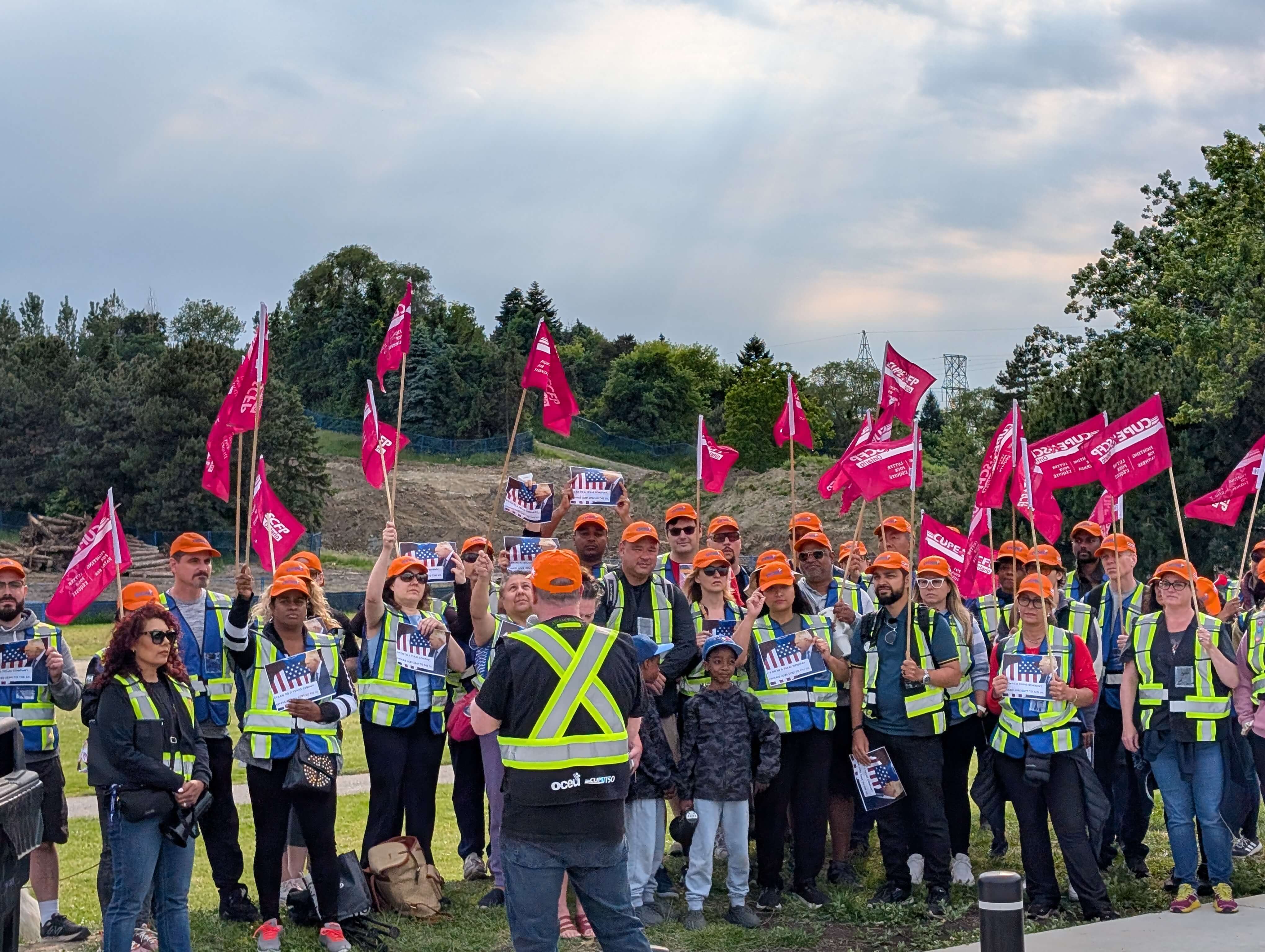WSIB, Workplace Safety North announce new partnership

Ontario’s Workplace Safety and Insurance Board (WSIB) has announced $6.78 million in new funding to enhance occupational health and safety in the province’s natural resources sector, with a focus on the mining and forestry industries, according to a report.
The funding was unveiled at the Workplace Safety North (WSN) annual Mining Health and Safety Conference held at Science North in Sudbury, noted Sudbury.com.
The initiative is a joint effort between WSIB, WSN, and the Institute for Work and Health (IWH), and aims to improve hygiene monitoring practices while reducing worker exposure to harmful—often invisible—workplace hazards.
“We’re not satisfied with the status quo, so we’re putting up investments to find ways to improve health and safety,” said Janine Dyck, Chief Service Excellence Officer at the WSIB, in a statement previously emailed to Canadian Occupational Safety. “This partnership will help create lasting change in Ontario’s natural resources sector and provide people with confidence that they’re working in healthy and safe environments each day they come to work.”
A focus on hygiene
WSN will lead the implementation of the program, targeting sectors with high rates of occupational illness fatalities. The organisation will deliver hands-on coaching and deploy real-time hygiene monitoring equipment. Specialised training materials have been developed to support frontline teams in identifying and mitigating exposure risks.
“This collaboration is about empowering Ontario workplaces to take proactive control of the invisible health hazards workers face every day,” said Mike Parent, President and CEO of Workplace Safety North, in the same press release. “We’re proud to lead this important work alongside our health and safety partners.”
WSN has also developed a suite of specialised training materials and will work directly with employers and workers through practical coaching and use of monitoring tools. The initiative aims to build capacity within workplaces, enabling front-line teams to actively identify and mitigate exposure risks.
The IWH will support the initiative by applying its expertise in health and safety research to assess the effectiveness of the training programs and their impact on improving worker safety.
In a previous interview with Canadian HR Reporter, Cindy Schiewek, director of Health & Safety Services and Strategy at WSN said that called on employers—particularly those in natural resource sectors—to enhance their hygiene monitoring practices, as many harmful workplace exposures continue to go undetected.
“A lot of people forget about the health in health and safety,” she said. “We're talking about health hazards, and those are things that you're exposed to that can impact things like your respiratory system, like your auditory system—all these different things that may not be as headline-catching as a traumatic injury.”





